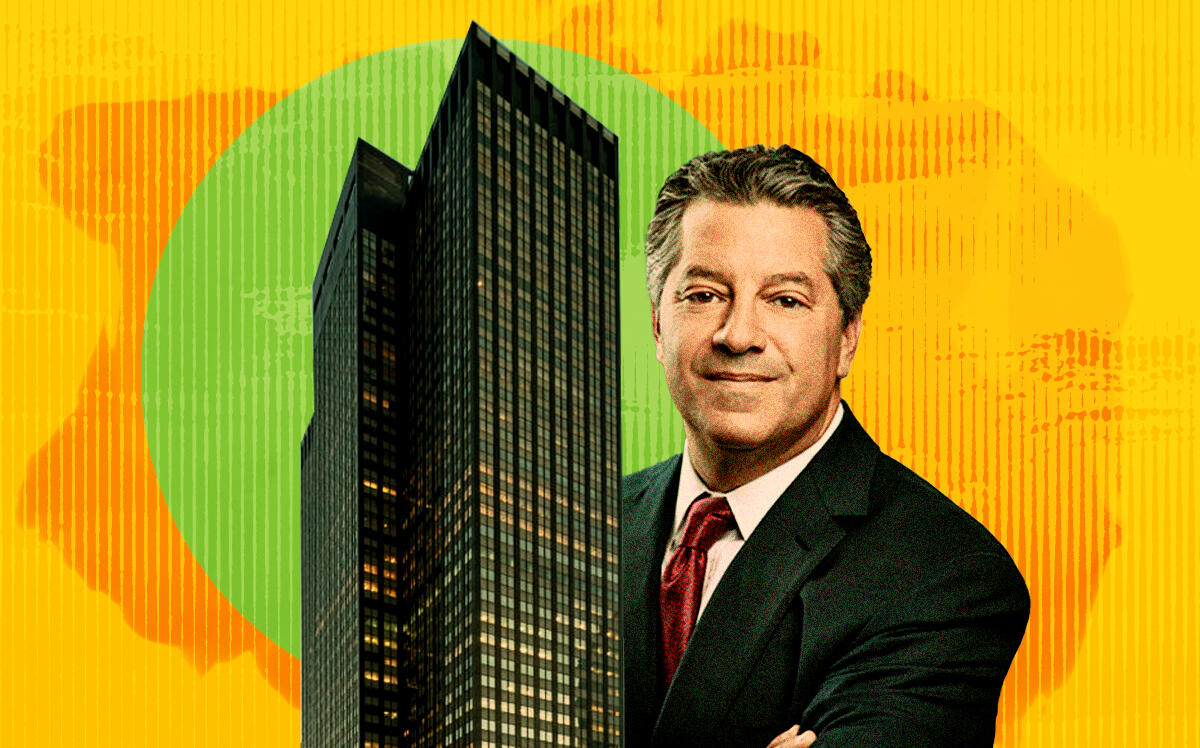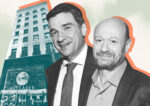The health of Manhattan’s office market continued to decline in 2022, as return-to-office initiatives fizzled yet again and hybrid workplaces became the new normal.
Office leasing activity plunged year-over-year in the fourth quarter, ending 2022 more than 30 percent lower than in the last quarter of 2021.
Net absorption was also down over the same period, ending the year at negative 2.8 million square feet — nearly 23 percent below the year-earlier figure.
Despite those dreary results, the fourth-quarter vacancy rate for Manhattan office space improved marginally over the year to just below 17 percent, while average asking rent rose slightly to $75.41 per square foot.
The numbers come from a Colliers report.
Uneven terrain
Midtown’s Plaza District had the highest net absorption among all of Manhattan’s office submarkets in the quarter: 621,000 square feet. But that was far behind the previous year’s fourth-quarter champion, the Times Square district, which ended 2021 with net absorption of more than 1 million square feet.
In fact, the Times Square area plunged back to earth last year, ending 2022 with a net absorption of negative 484,000 square feet. But that wasn’t the worst performance on the island. That dubious distinction goes to the Penn Plaza/Garment District submarket, with net absorption of negative 1.3 million square feet.
The Financial District had the highest fourth-quarter availability rate for the second year in a row at more than 25 percent. U.N. Plaza was the tightest office submarket with an availability rate of 5.2 percent, followed by Greenwich Village at 12.8 percent and Columbus Circle at 12.9 percent.
Class A space continues to command a significant premium over Class B, though that margin declined over the past year — punching a hole in the “flight to quality” theory.
In the fourth quarter of 2021, top-notch space in Manhattan cost an average of 27.3 percent more than older offices, and by the end of last year that gap had narrowed to 24.7 percent. The change was mostly because the average Class B rent gained 2.17 percent, a hopeful sign for owners of legacy stock.
The Class A premium also varied widely across Manhattan’s submarkets. In Tribeca, for example, tenants pay on average 127 percent more per square foot for Class A space than for Class B, and in Hudson Yards, the price is nearly double.
But in some places, such as Greenwich Village, Columbus Circle and the City Hall area, the premium for Class A space is less than 4 percent.
Still building
Hope springs eternal in the real estate industry, and major office investors are keeping the faith, pressing forward with massive projects despite market headwinds.
Among the top five proposed Manhattan office projects of the year, the first four also topped the list in 2021. The new addition — a 1.7 million-square-foot tower at 350 Park Avenue — joined the list in late December, when Vornado Realty Trust and Rudin Management reached a deal with Ken Griffin’s Citadel to raise the 51-story building at what is also known as 40 East 52nd Street, currently the site of the BlackRock building.
Citadel will master-lease more than half a million square feet in the building for 10 years, with an initial annual rent of $36 million.
Read more



This is one of the hundreds of data sets available on TRD Pro — the one-stop real estate terminal for all the data and market information you need.




